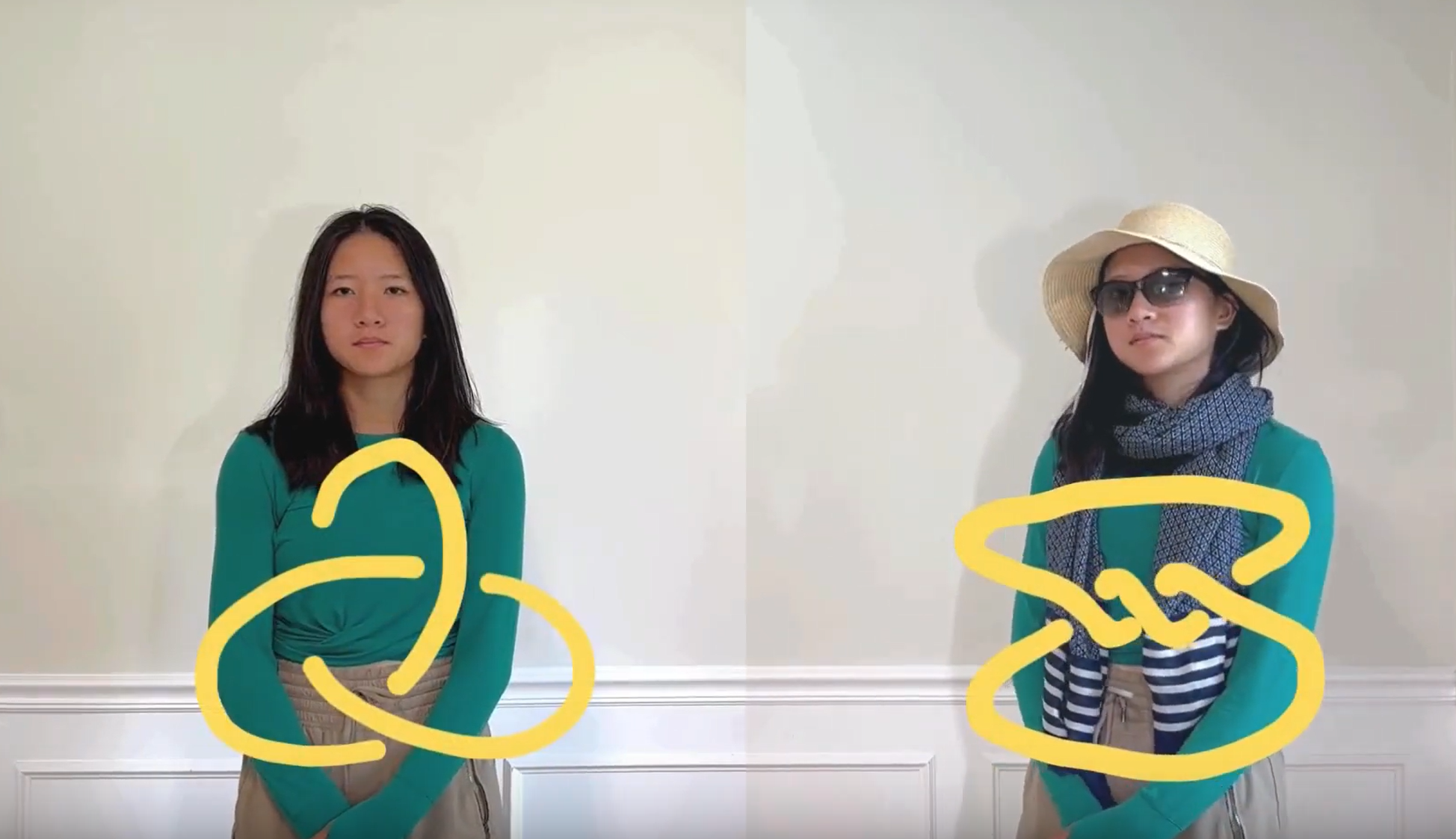Math Monday: Modular Clothing
by George Hart
[sharethis]
The mathematics of modular textiles allows you to take many small pieces of slotted fabric and interconnect them into a do-it-yourself garment. There is no sewing as the textile and the garment are created simultaneously. The parts can later be rearranged if perhaps you want to make a color accent, remove a stain, or just show a little more skin. Designers in the fashion world have taken this idea in various directions, using various underlying tessellations.
 This dress design by Fioen van Balgooi and Berber Soepboer is based on squares with tabs in two opposite corners and slots in the other two corners. Notice how each square is rotated 90 degrees relative to its four neighbors. (Model: Marjolein Heij; photography: Savale.nl; make-up: Annelies van Oosterum)
This dress design by Fioen van Balgooi and Berber Soepboer is based on squares with tabs in two opposite corners and slots in the other two corners. Notice how each square is rotated 90 degrees relative to its four neighbors. (Model: Marjolein Heij; photography: Savale.nl; make-up: Annelies van Oosterum)
 Galya Rosenfeld makes outfits based on more complex modules that can be divided into small squares. (Model: Cory Hillman; photography: Yael Dahan)
Galya Rosenfeld makes outfits based on more complex modules that can be divided into small squares. (Model: Cory Hillman; photography: Yael Dahan)
 And Eunsuk Hur has created designs based on circles with an underlying triangular connection grid. Pieces with tabs alternate with pieces with slots. (photography: SeungMo Hong; makeup: Kanako Yoshida)
And Eunsuk Hur has created designs based on circles with an underlying triangular connection grid. Pieces with tabs alternate with pieces with slots. (photography: SeungMo Hong; makeup: Kanako Yoshida)
This article first appeared on Make: Online, March 14, 2011.












